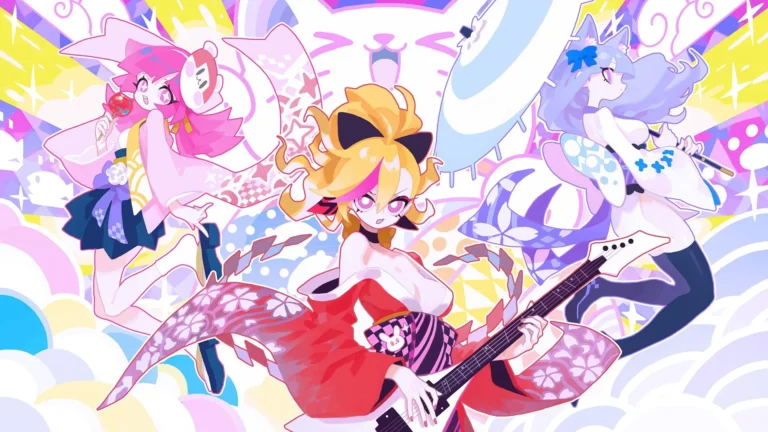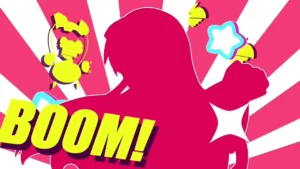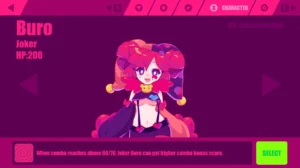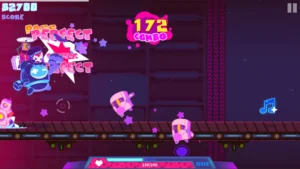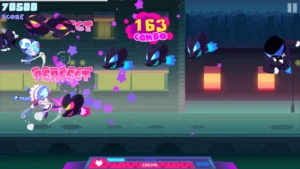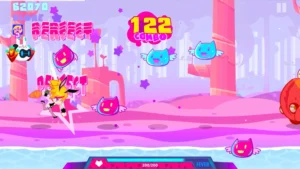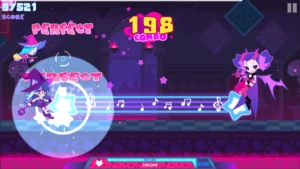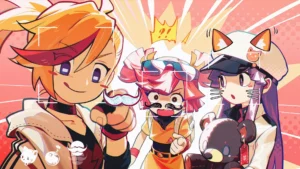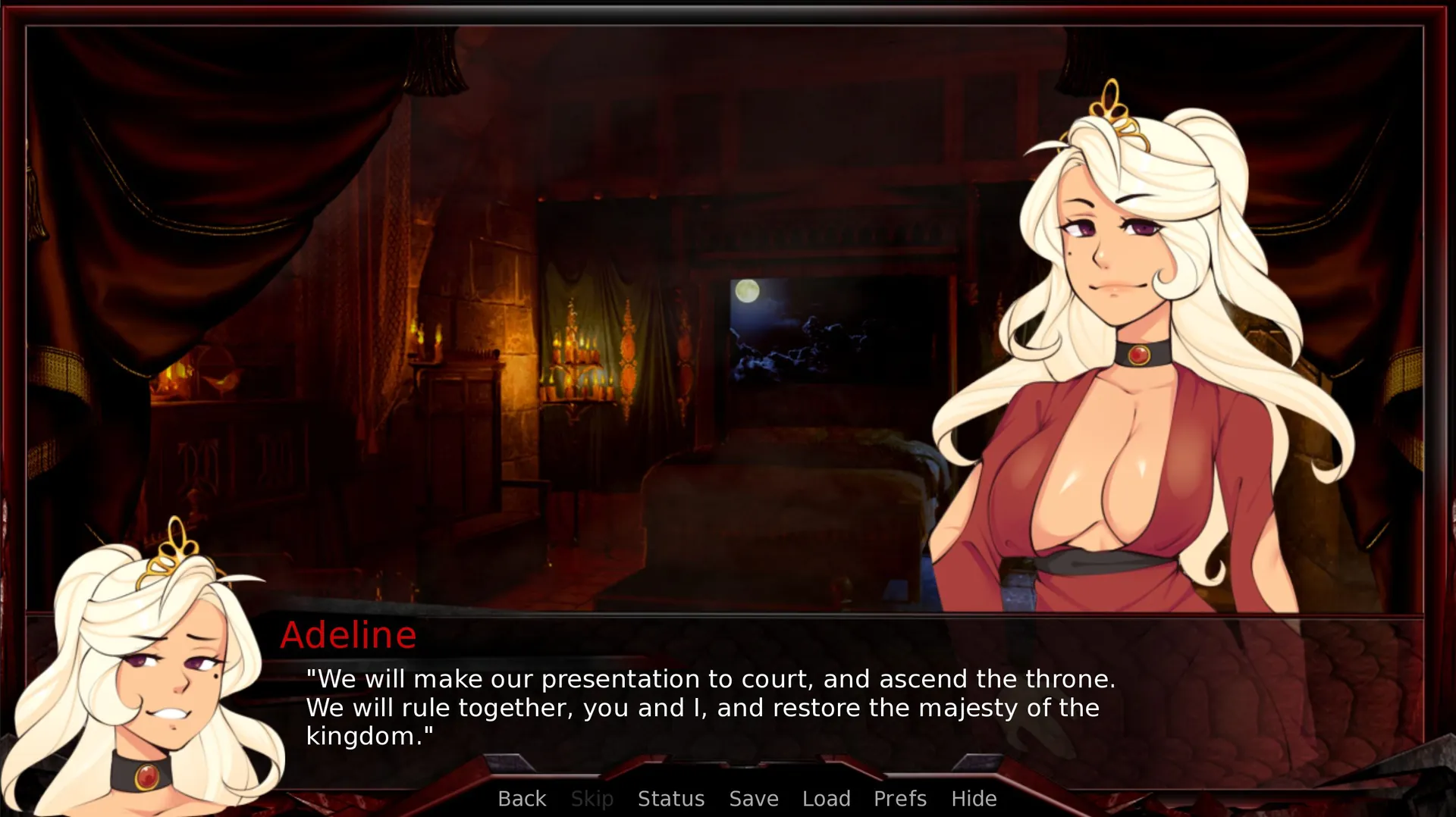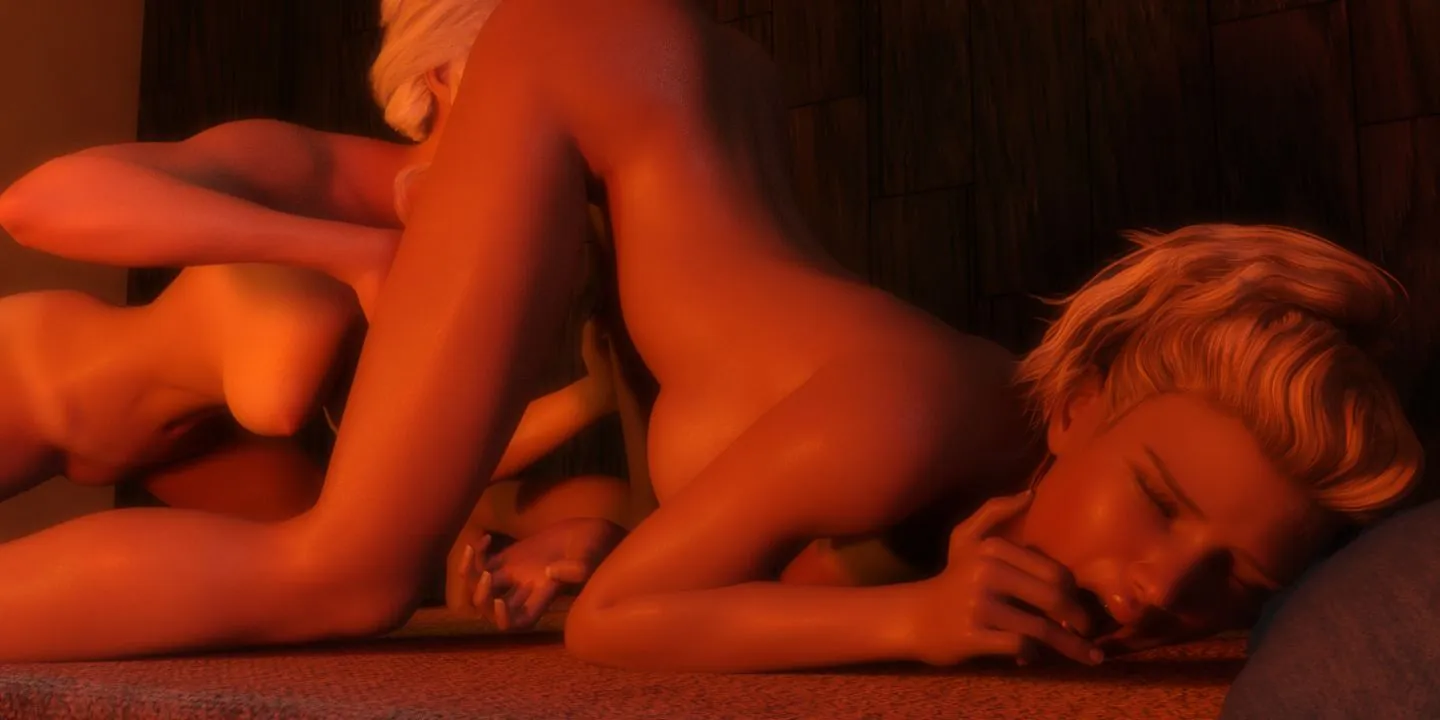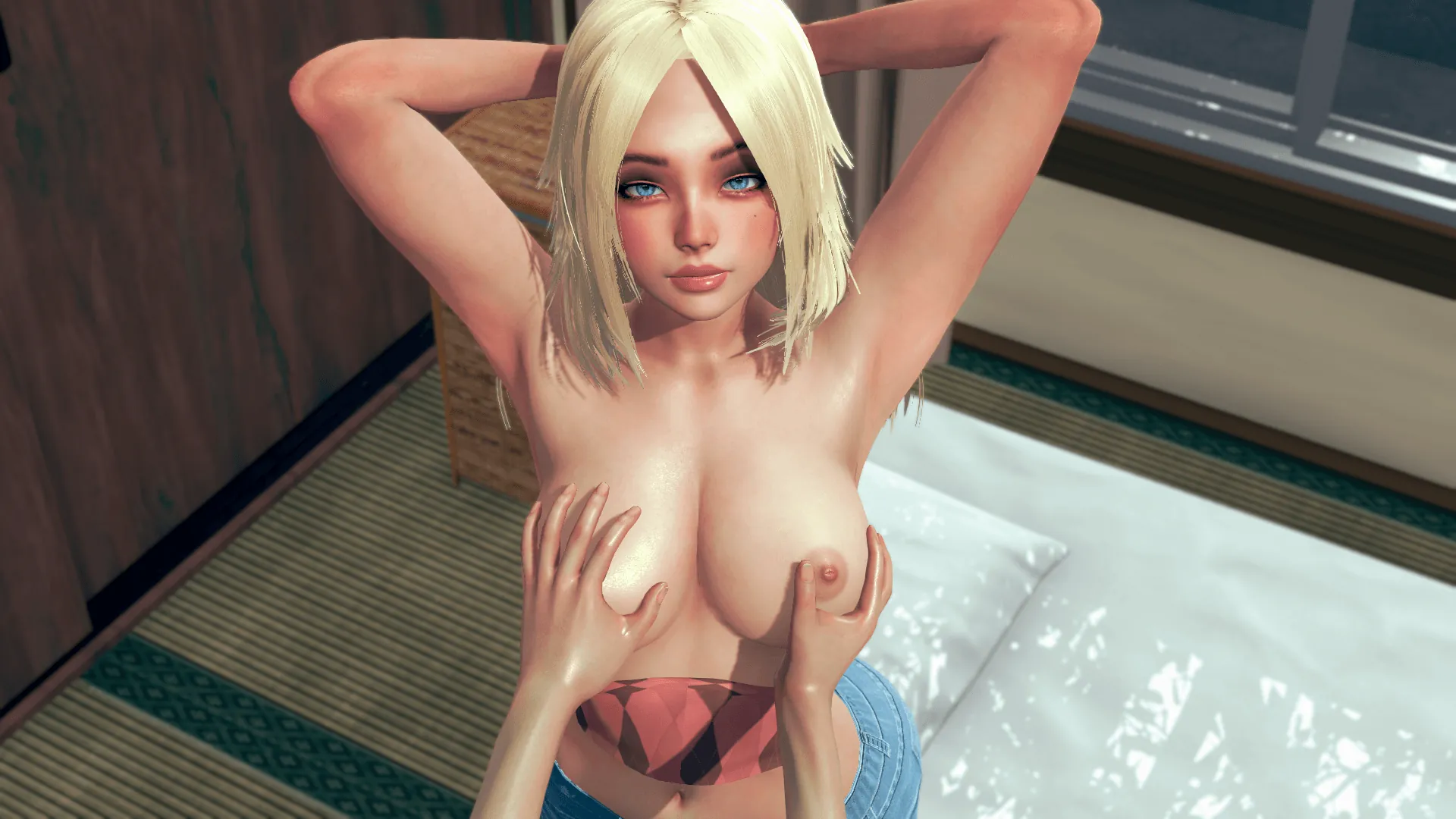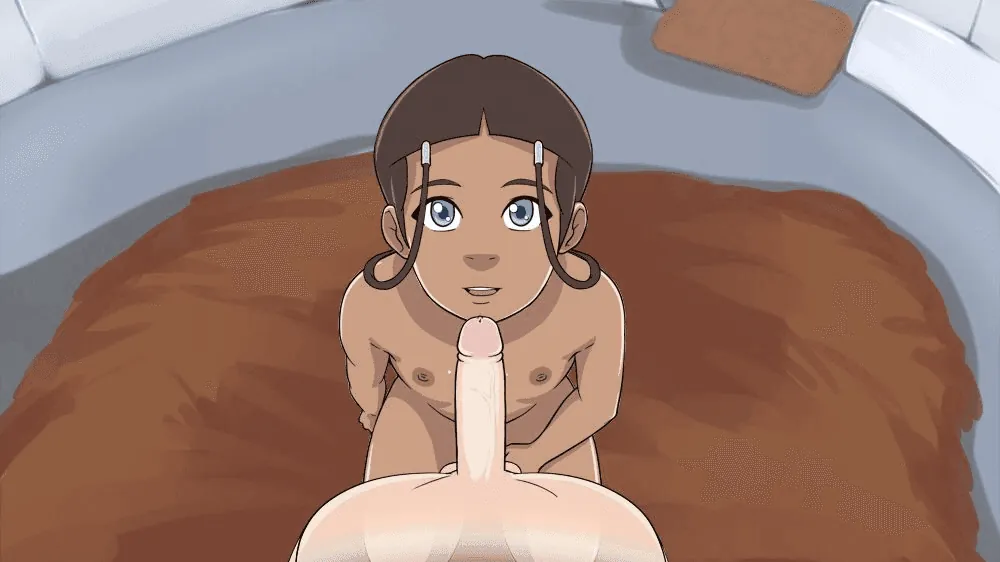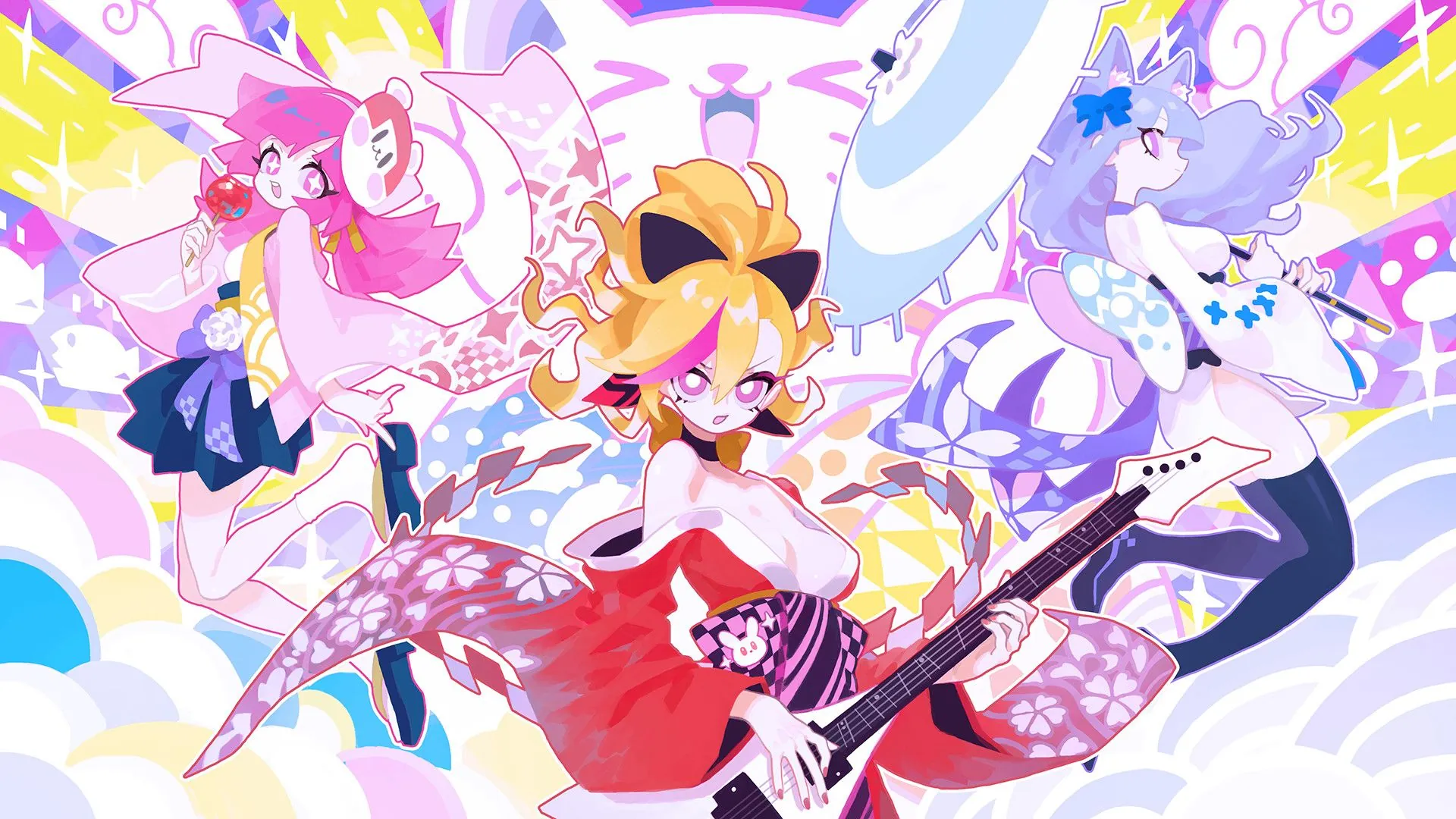
Muse Dash review
Understanding the Game’s Artistic Direction and Community Reception
As a rhythm game enthusiast, I initially hesitated to try Muse Dash due to rumors about its mature themes. After 50+ hours of gameplay and analyzing community discussions, I discovered a vibrant world that balances playful aesthetics with challenging mechanics. This article cuts through misconceptions to explore how the game handles stylized character designs while maintaining broad appeal.
Analyzing Muse Dash’s Visual Design Choices
Core Gameplay vs. Aesthetic Presentation 🎮✨
Let’s cut to the chase: when you first boot up Muse Dash, it’s like walking into a neon-lit anime convention while someone blasts EDM in your ears. The Muse Dash character designs are loud—think gravity-defying hairstyles, outfits that scream “fashion over function,” and colors so vibrant they’d make a rainbow jealous. Characters like Marija (the guitar-wielding witch) and Rin (the sword-swinging warrior) aren’t just avatars; they’re walking mood boards for the game’s “chaotic cute” vibe.
But here’s the kicker: the over-the-top visuals aren’t just for show. They’re carefully crafted to sync with the rhythm gameplay. When you’re nailing combos, the screen explodes with confetti, fireworks, and animations that make every perfect hit feel like a mini-celebration. It’s like the game says, “Yeah, you’re awesome—here’s a laser light show to prove it.” 🎇
Critics sometimes call the aesthetic “distracting,” but honestly? That’s like complaining a rollercoaster is too fast. Muse Dash knows exactly what it is: a sensory joyride where style and gameplay hold hands and sprint into the sunset. Sure, some costumes push the envelope (looking at you, Bunny Girl Rin), but they’re never the point—just part of the wild, glittery package.
| Character | Difficulty Level | Costume Features |
|---|---|---|
| Marija | Easy | Pastel dress with floating musical notes |
| Rin | Hard | Battle armor with neon trail effects |
| Buro | Master | Cyberpunk jacket with dynamic LED patterns |
🎵 Pro Tip: If flashy visuals throw you off, try the “Simple” UI mode. It tones down effects without sacrificing the game’s signature charm.
Age Rating Breakdown and Content Warnings ⚠️👗
Now, let’s tackle the elephant in the room: the Muse Dash age rating explained. The game’s rated T for Teen (ESRB) and PEGI 12, mostly for “suggestive themes” and “mild violence.” But what does that actually mean? Spoiler: It’s not exactly Game of Thrones.
The “suggestive” label mostly comes from outfits like Joker Buro’s crop top or Little Devil Marija’s cheeky horns-and-tail combo. But here’s the twist: there’s no explicit content—just stylized, cartoonish flair. It’s less “mature” and more “anime convention on a sugar rush.” Even the “violence” is laughably tame (think cartoonish boops and bops, not blood ‘n’ guts).
A recent player survey revealed that 72% of fans think the age rating is overly cautious. As one Reddit user put it: “My grandma thought Rin’s sword was a glowstick. That’s how ‘violent’ this game is.” Still, if you’re sharing the screen with younger siblings, disable mature content Muse Dash style—the game lets you filter out specific costumes in settings.
Player Customization Options and Filters 🛠️💖
Speaking of filters, let’s geek out about Muse Dash customization options. This isn’t just a rhythm game—it’s a digital dress-up doll with a beat-matching addiction. You can:
– Swap character skins (over 200 and counting!)
– Adjust visual effects (dial down the sparkles if you’re prone to sensory overload)
– Toggle specific costumes (bye-bye, bunny ears; hello, armored Rin)
I once customized a totally SFW setup for a livestream where my cat “played” the game (don’t ask). The point? You control the vibe. Whether you want a rave-ready light show or a chill session with pastel aesthetics, the tools are there.
And shoutout to the modding community! They’ve created everything from pixel-art throwbacks to totally original costumes (cough, Sailor Moon-inspired outfits, cough). Want to disable mature content Muse Dash purists might frown at? There’s a mod for that too.
🔧 Quick Fix: Head to Settings > Visual Options > Costume Filters. Boom—problem solved in three taps.
Why This All Matters 🎯
Muse Dash vs rhythm games with stricter aesthetics? It’s like comparing a graffiti-covered arcade cabinet to a piano recital. Both rock, but one’s clearly here to party. The Muse Dash character designs and customization aren’t just fluff—they’re a love letter to players who want their games loud, proud, and unapologetically them.
So, slap on those neon headphones, tweak your filters, and dive in. Whether you’re here for the beats, the looks, or both, Muse Dash delivers—no apologies necessary. 🚀
Through firsthand experience and community analysis, Muse Dash emerges as a rhythm game that uses stylized aesthetics to enhance its energetic gameplay rather than prioritize mature content. While certain visual elements spark discussion, robust parental controls and mod support make it adaptable for different audiences. For rhythm game fans seeking colorful challenges, Muse Dash remains a top-tier option when approached with informed perspective.
